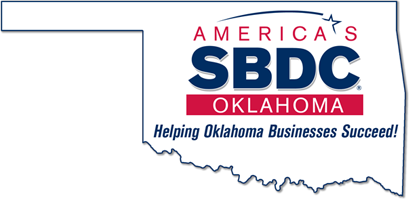3 Simple (but Powerful) Website Design Tips for Any Business Owner
An Original Article from michaelhyatt.com
Whether you’re designing your own website from scratch, using an off-the-shelf theme, or hiring a designer to create your website, you’ll need to end up in the same place: with a website that performs for your business. Your website is often the first interaction people have with you and your business. That means it’s a make-or-break opportunity to turn a new visitor into a potential customer down the road.
Here are three tips that you can use when designing (or redesigning) your website to maximize the impact it has on new visitors.
- Focus on value. I don’t have to tell you that a great business is built on a strong value proposition. That is, why should customers care about your product or service, and how does it provide them with a return on their investment. The entire goal of your website must be to drive home your value proposition. Your goal should be to make it a “no brainer” for your customer to purchase—or, at the very least, get them to subscribe to hear more from you in the future. How do you do that? By shifting the focus away from you and onto your customer. It’s all about them. Understand the things they care deeply about—their pains and challenges—and craft the copy on your website to resonate with them on that level. Also, speak as if you’re talking to one person, not a crowd of people. This helps you make a connection that builds trust and credibility.
- Minimize distractions. One thing you never want a visitor to ask ask is, “Where do I go next?” If there are multiple calls to action, or the navigation has too many links to choose from, their attention is diverted in too many different directions. This means they’re too busy figuring out where to go, when they should be focused on your message and the benefits of your product or service. Here’s what I recommend: Break your navigation into a primary menu and a secondary one. Your primary navigation (the large one near the top of your website) should include links to only a handful of “mission critical” pages. These are the pages that educate and sell your product. The rest of the pages (e.g., a company about page, a FAQ page, and so on) can be included in your site’s secondary navigation, somewhere out of the way but still accessible.
- Optimize your call to actions. Everything on your marketing website should be designed around your “funnel.” That is, the path a customer takes from the home page (or a landing page) to eventually converting to a paying customer or subscriber. The bottom of the funnel is your “call to action.” This might be a button to purchase your product or signup for an account. Or it can be a newsletter opt-in or even a phone number to call you.
Here are three easy ways to optimize the call-to-action on your website:
- Be explicit. You never want to be vague in your call-to-action. Give your visitor explicit instructions on what exactly you want them to do. For example, a form button with the word “Submit” is too vague. Try something more descriptive, like “Subscribe to our newsletter!” You also want to set clear expectations. Your visitor should never be wondering “what will happen after I click this button?” For example, instead of “sign up!” you can try “Start your free 60-day trial!”
- Reduce Friction. Any transaction on the web always comes with some natural resistance. Customers simply are never fully comfortable entering their credit card information or even giving up their email address. There is always a fear of being ripped off, spammed, or scammed. So you must do everything you can to overcome that natural resistance. The way you do that is by reducing friction. Anything you can do to emphasize that there is no risk helps. For example, add the word “free” to the call-to-action (if it really is free). Or try adding small supporting text like “No credit card required, cancel anytime.” Offering a money-back guarantee (and making that visible) is also a good idea. You also want to make them feel secure. There is a very real fear that credit card info will end up in the wrong hands. So try adding security symbols like a lock icon on your credit card forms, indicating this form is secure (of course, the form must actually have security measures in place, like an SSL certificate).
- Differentiate them (visually). You’ll want to make sure your call-to-actions stand out visually. One way you can do that is to give them their own unique color. For example, let’s say the color scheme of your website is blue and gray. You might make all of your call-to-action buttons yellow. Make sure your CTA buttons are the only elements on the page using that color. This helps them stand out and attract attention, but it also helps your audience become more familiar with the way your site works. After browsing several pages, when they are ready to take action, they know they should look for that yellow button.
I hope you found these tips helpful as you go about designing (or redesigning) the marketing website for your business.




